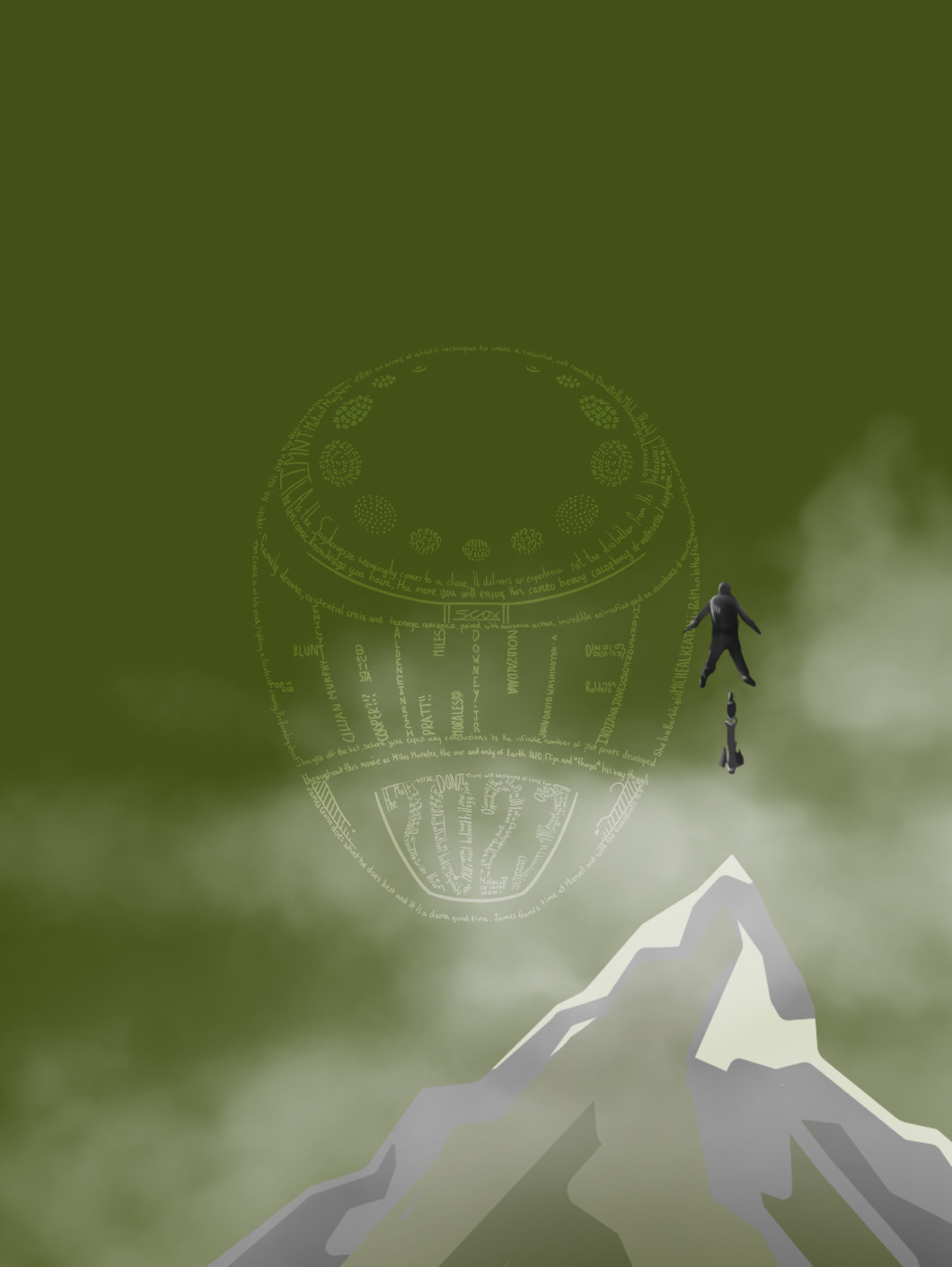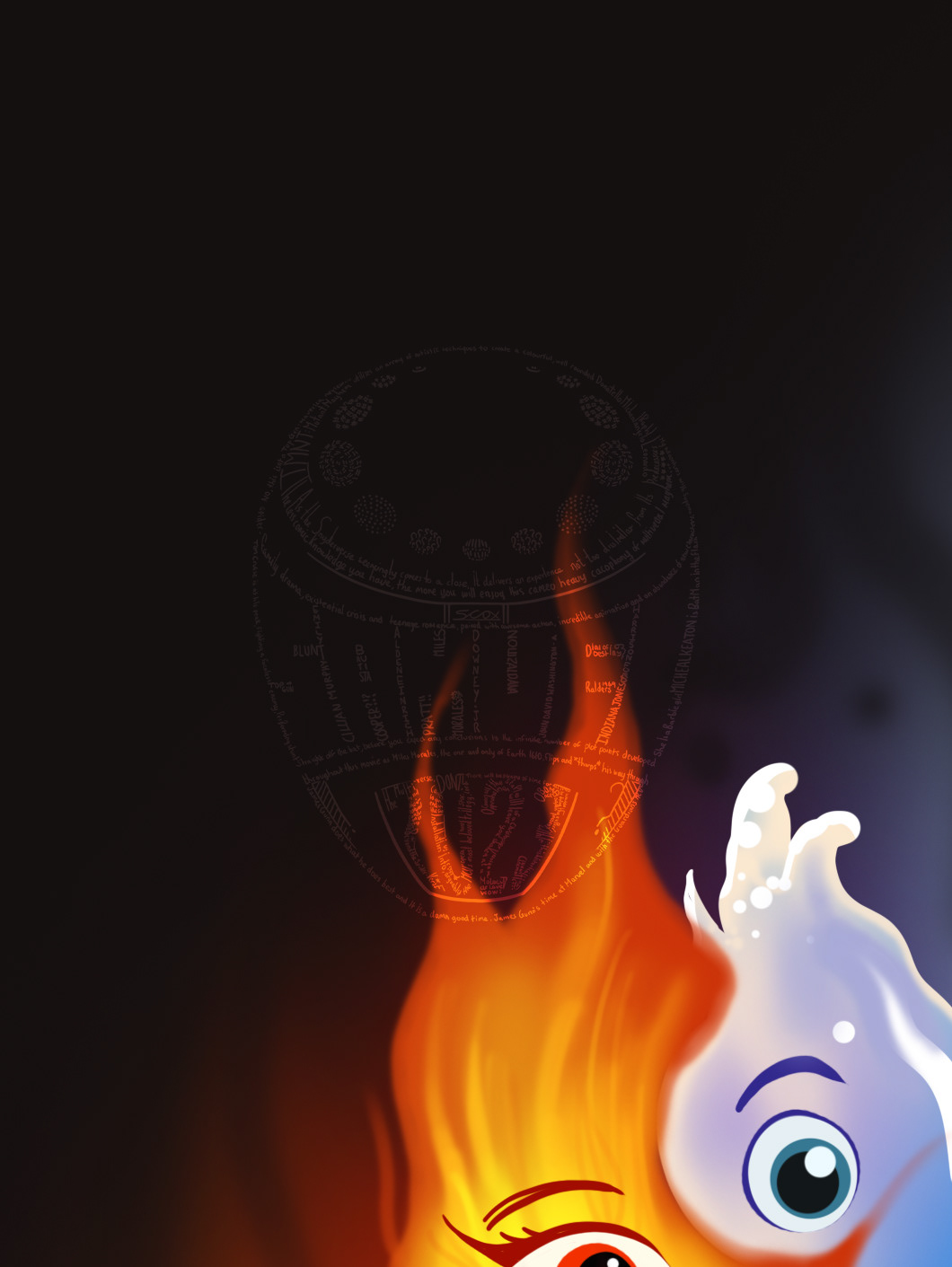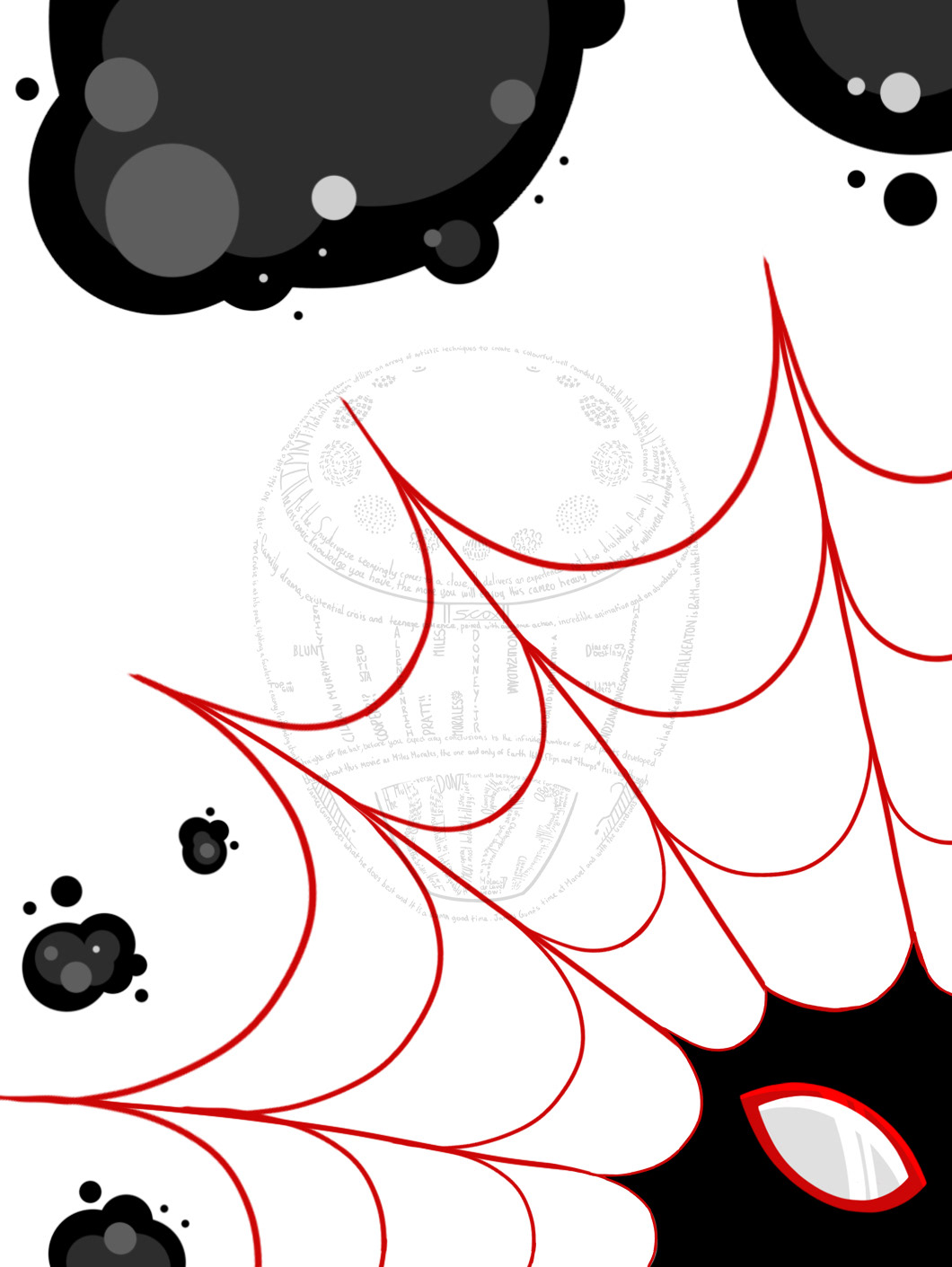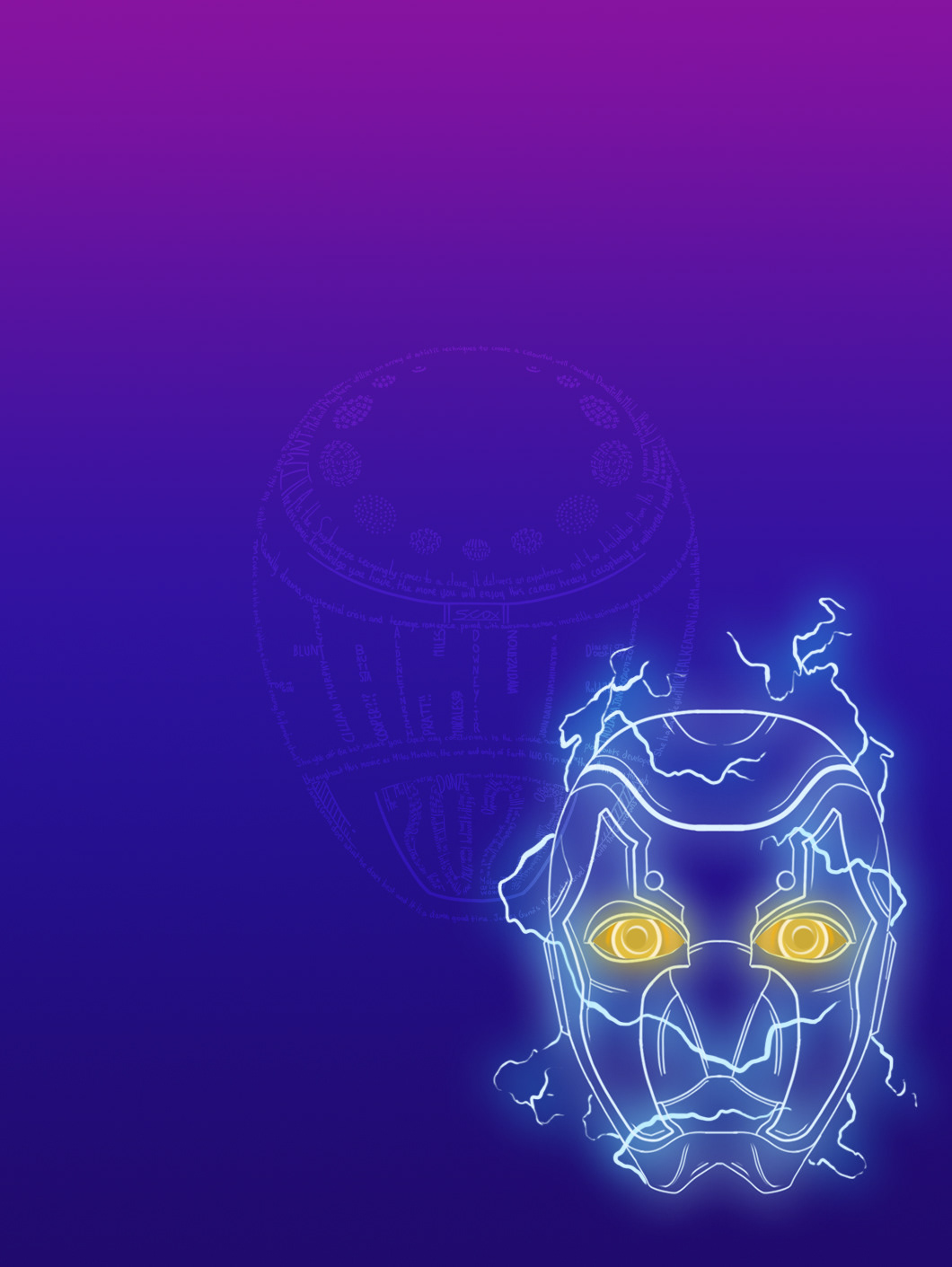Asteroid City is Wes Anderson’s most stylised piece yet!
Asteroid City is Wes Anderson’s invitation to join him for a night at the theatre. Utilising his signature soothing symmetrical composition, seamless transitions and colourful palette, the master creative skilfully manages to explore the multifaceted layers of life, art and human relations throughout a increasingly enjoyable 3 act structure.
The Wes Anderson show is a visual one, it always has been, some people have even gone as far as to critique his work for lacking “true meaning”, this time, the characters and ultimately himself have beat everyone to the punch.
Asteroid City, constantly and deliberately, provides questions without answers, concurrently transitioning between aspect ratios (Wide Screen Format/16:4) to provide a platform for a multitude of fourth wall breaks, as the characters, actors and audience question what is the meaning of all this? Life? Art? Love?
No-one knows what should be said, in times of grief, fear or ecstasy. What do others need to hear to feel heard? The world, like this movie, is a mystery but as Wes Anderson masterfully shows, there is beauty within that mystery, you may find perfection at the depths of the unknown, there is a path to discovery when a road has yet to be laid. In daily life, there is no hidden agenda, you don’t need a reason or cause to release your imagination, to mould your creativity. Astroid City’s 3rd act is telling everyone to perform for themselves, live for themselves, create for themselves and to ultimately share that with others, as meaning comes from creation and we give things meaning.
Although Asteroid City, is a relatively text heavy screenplay, it manages to provide the perfect balance between exposition and visual storytelling, utilising classic techniques such as miniatures, puppetry and stop motion, to create a world that feels lived in, yet uncanny, providing a perfect example of “show don't tell" allowing the audience to flow through a non-linear artistic masterpiece at a leisurely pace, with no dips, peaks or climaxes, all while still providing plenty of sustenance.
Unlike a Mission Impossible or an Oppenheimer, a Wes Anderson movie doesn't need the largest screen available to create a sense of wonderment, the characters, colour and compositions do that with ease. Watch it when and where you can allow yourself to feel open, malleable and imaginative, it is really not that deep.
PS. The performances delivered throughout the film are great, with huge shoutouts going to the junior stargazers, Jake Ryan (Woodrow), Ethan Josh Lee (Ricky), Grace Edwards (Dinah), Aristou Meehan (Clifford), Sophia Lillis (Shelley).










